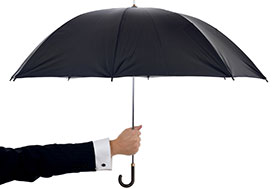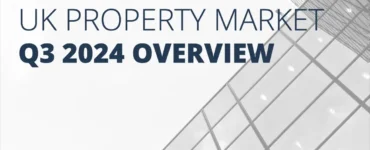
By Ross McLellan, Director of Wealth Garant (part of Oracle Capital Advisors)
Insurance for high value objects entails a detailed assessment far beyond your standard household policy. When it comes to covering family heirlooms, jewellery and paintings, each case is different and the process must be both bespoke and insightful.
Assessing risk: individual profiling
An insurance firm will generally pay the potential client a house visit; they will carry out a full survey, checking the security systems, the alarms, and, where relevant, the safe. Additionally, they will take a profile of the most complex risk, the proprietor. Perhaps surprisingly, the client’s age, profession and social status can significantly affect the overall risk profile and the client’s chances of finding cover.
Identifying high risk clients
Imagine you are a 25-year-old footballer’s wife looking to insure your diamond necklace. It is likely that the firms you approach have already identified you as a high risk client on the following grounds.
First, they might doubt your appreciation of monetary value. You and your husband have soared into affluence over the period of a year. Suddenly living the lifestyle afforded by your husband’s dizzying salary, with money no object, you might not be terribly indisposed by the loss of your diamond necklace.
Secondly, you are consistently in the public eye with your every move recorded in gossip magazines. Publicity surrounding your residence, combined with your guaranteed absence from home during major football tournaments, renders your property an easy target for theft.
Clients such as this can prove difficult to place with insurance companies, and it is worth considering the risk of your profile when approaching insurance firms.
Choosing a provider
With a relaxed attitude to insurance that has historically left half of our stately homes completely uninsured, sometimes to devastating ends, the British who do insure typically choose the cheapest option on the market, and this is understandable given the traditional integrity of UK firms.
Other nationalities prioritise differently, for example the UK’s growing CIS demographic. Russians used to local Russian insurers failing to pay out can be surprised at the breadth of knowledge and the willingness to pay claims within the UK Lloyds market. Unlike the British, Eastern Europeans lack confidence in their own judgment and therefore prefer to pay substantially more for the best known brand.
The contrast here is one of new versus old money. The British have historically enjoyed good reliable providers, whereas the Post-Soviets have only had wealth for 25 years and are still trying to work out who they can trust. London is, and has always been, the biggest market for high value insurance and this reputation makes it the first choice for both the British and international clients.
Most importantly
For those thinking about insuring high-value items, it is important to remember what your home insurance doesn’t cover, seek a professional valuation, identify the biggest risks and ensure that the appropriate cover is put in place by a quality insurer. Most HNWIs can afford to buy another £50k watch, but rebuilding a £15m house is far more of a stretch.


